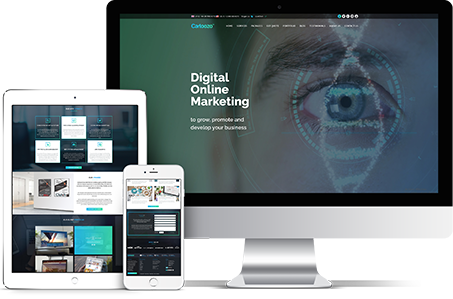Creating and maintaining an online identity is the most critical element for any business. In fact, most companies fail to recognise this fact.
Here are a few steps to set a stronger brand image:
Brand monitoring
It is the most neglected aspect of brand building. Businesses must monitor their brand’s reach as well as performance at regular intervals. For that, they need to use brand monitoring tools, such as:
- Google Alerts – This is the most effective brand monitoring tool that sends alerts on your specified topics, allowing you to take immediate actions.
- Brand Mentions – This is relatively a newer tool, designed to send you daily email digests with your brand mentions.
- Buzzsumo – This tool allows you to set up multiple alerts to monitor/track your online mentions.
- Hooks – This is a robust mobile application that helps you to set up alerts to monitor your brand.
Monitor your Brand-specific Keywords
It is important to know about users’ demand. In other words, monitor your brand-specific keywords, and to do this use:
- Serpstat – This is a great tool to find different keyword variations containing your brand name.
- Google AdWords Keyword Planner - This is a powerful keyword research tool that allows you to find the right keywords to target.
Monitor your competitors
In this competitive world, it is important to keep an eye on your industry as well as competitors in order to:
- Improve branding strategies
- transform digital marketing strategies
- Avoid mistakes
- Identify new entrants
- Enrich your value proposition
- Track your market share
- Protect brand’ image
- Understand strengths
To stay ahead you must use a few monitoring tools:
- SE Ranking – This tool offers complete monitoring.
- SocialMention – This tool helps you to cross-analyse brand related news/blogs/articles and much more.
- Topsy – This tool helps you to keep an eye on your competitors’ tweets.
- Marketing Grader is a free tool for monitoring social activity of your competitors.
- InfiniGraph - This tool helps you to track what is trending in your social media circles.
- Similarweb – This is a digital marketing intelligence platform that helps you to compare website traffic as well as analytics.
Wisely handle negative comments
It is a known fact that dissatisfied customers may damage your
online reputation. It is important to handle them wisely.
According to a survey:
- 88% of customers have a desire to look through reviews to have a clear picture on the issue.
- Another 88% trust online comments.
Tips:
- Ask for explanations.
- Never argue.
- Resolve problems immediately.
- Include humour in talks.
- Encourage dialogues between companies and customers.
Keep your brand consistent
Always use the same logo, symbol, messages and business’ vision across multiple channels (social media channels, newsletters, websites, micro websites, blogging network, case studies, etc.) in order to show consistency of your brand.
Secure your website
In order to create and maintain a brand, make sure your website is secure, fast and relevant. It should have a proper navigation structure and must display security certificates to gain the confidence of end users.
Above all, try to position your brand in the minds of your customer.





